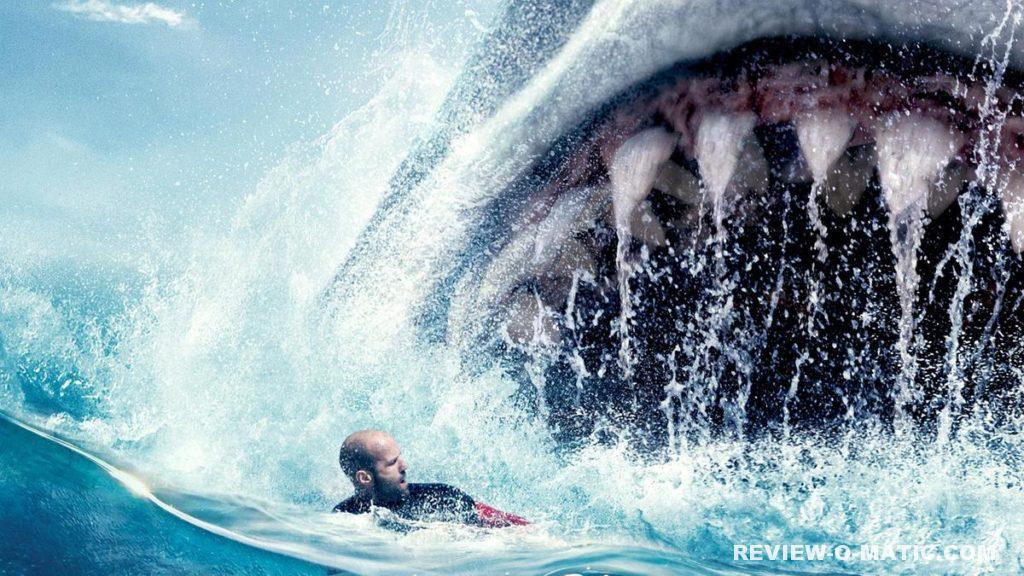Meg, The (2018)

If you’re looking for the origin of the “shark attack” genre, you would have to travel back just over 40 years to 1975’s Jaws, which unleashed a Great White Shark on the citizens of Amity Island and spawned a series of sequels and copycats. To find the origin of the Megalodon, the prehistoric star of 2018’s The Meg, you would need to go back an additional 2-20 million years.
Billionaire Jack Morris (Rainn Wilson) is the proud owner of Mana One, a state of the art underwater research facility located in the Pacific Ocean. The oceanic researchers at Mana One believe that the floor of the Marianas Trench is not solid, but rather a layer of gas that, given the right circumstances, could be breached. Their theory proves right, and one of Mana’s research vessels is able to break through this layer where they discover uncharted ocean depths. They also discover THE MEGALODON, which quickly traps the vessel on the ocean floor and renders it inoperable.
Six miles up, the staff of Mana One quickly decide the only person on the planet qualified to rescue their stranded compadres is the disgraced Jonas Taylor (Jason Statham) — previously shamed and labeled crazy having claimed to have encountered the Megalodon on a previous rescue mission. Initially Taylor refuses to assist in the rescue and claims there’s nothing in the world that could change his mind; however, thirty seconds later Taylor discovers his ex-wife is one of the trapped crew members, and suddenly he’s on the first train to Sharksville.
During the ensuing rescue, we learn of some scientific loophole that has allowed the Megalodon to exit its previous holdig cell and enter the ocean. This, like several plot points, are conveyed through official-looking computer graphics, displays, and touchscreens. None of the points matter much, of course. All viewers really need to know is a 75-foot killing machine has been unleashed, and is coming for the Mana One. (There’s also a computer graphic showing you how big a 75-foot shark is compared to a human being, in case you weren’t sure.) To borrow the tagline from Jaws: The Revenge: “This time, it’s personal.”
The rest of the movie — and any shark movie, really — consists of people hunting a shark, and a shark hunting people. There are plot holes and (occasionally fatally) bad decisions, but The Meg doesn’t linger on any of them long enough for you to think about them. Before you have time to ask, “isn’t going down in a diving bell near a 75-foot killer shark a bad idea?” you’ll already know the answer.
If there’s any surprise to the film at all, it’s that it’s PG-13. Ostensibly in search of a more mainstream audience, the film forgoes the hardcore gore and harsh language one would expect to see and hear when the plan involves “swim up to a 75-foot shark and poke it in the eye with something.”
It’s hard not to imagine what Stephen Spielberg and “Bruce” )the notoriously unpredictable mechanical shark used in the filming of Jaws) would have to say about the Megalodon itself. For Spielberg and fans of monster movies alike, the film’s ~$150 million budget is a shark-infested dream come true. Without a doubt, the film’s sets and special effects are probably better than the movie deserves. Where “Bruce” began to shake and malfunction after being submerged in only a few feet of water, the prehistoric shark in The Meg has no problem ascending the six miles from the (new) ocean floor to attack boats cruising along the surface. In that aspect, The Meg wins the depth war. When it comes to depth of characters or plot, Jaws still holds the title.